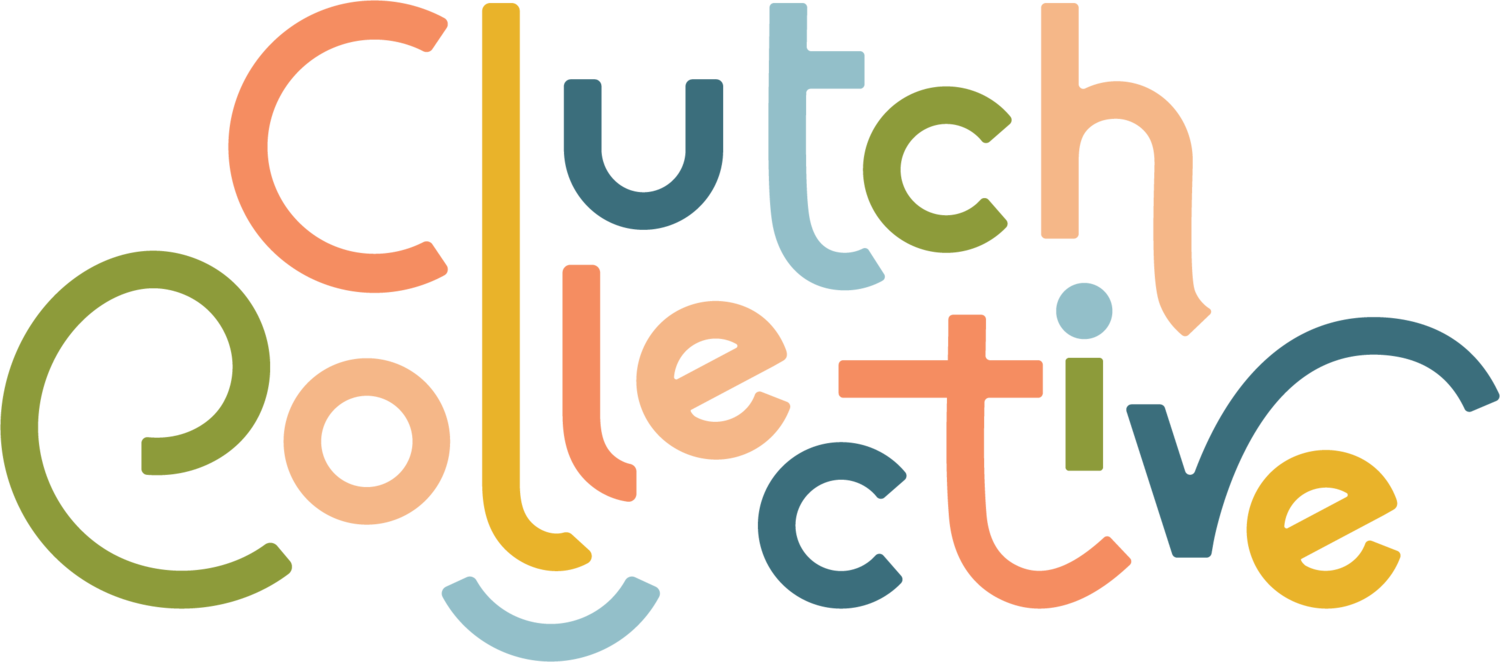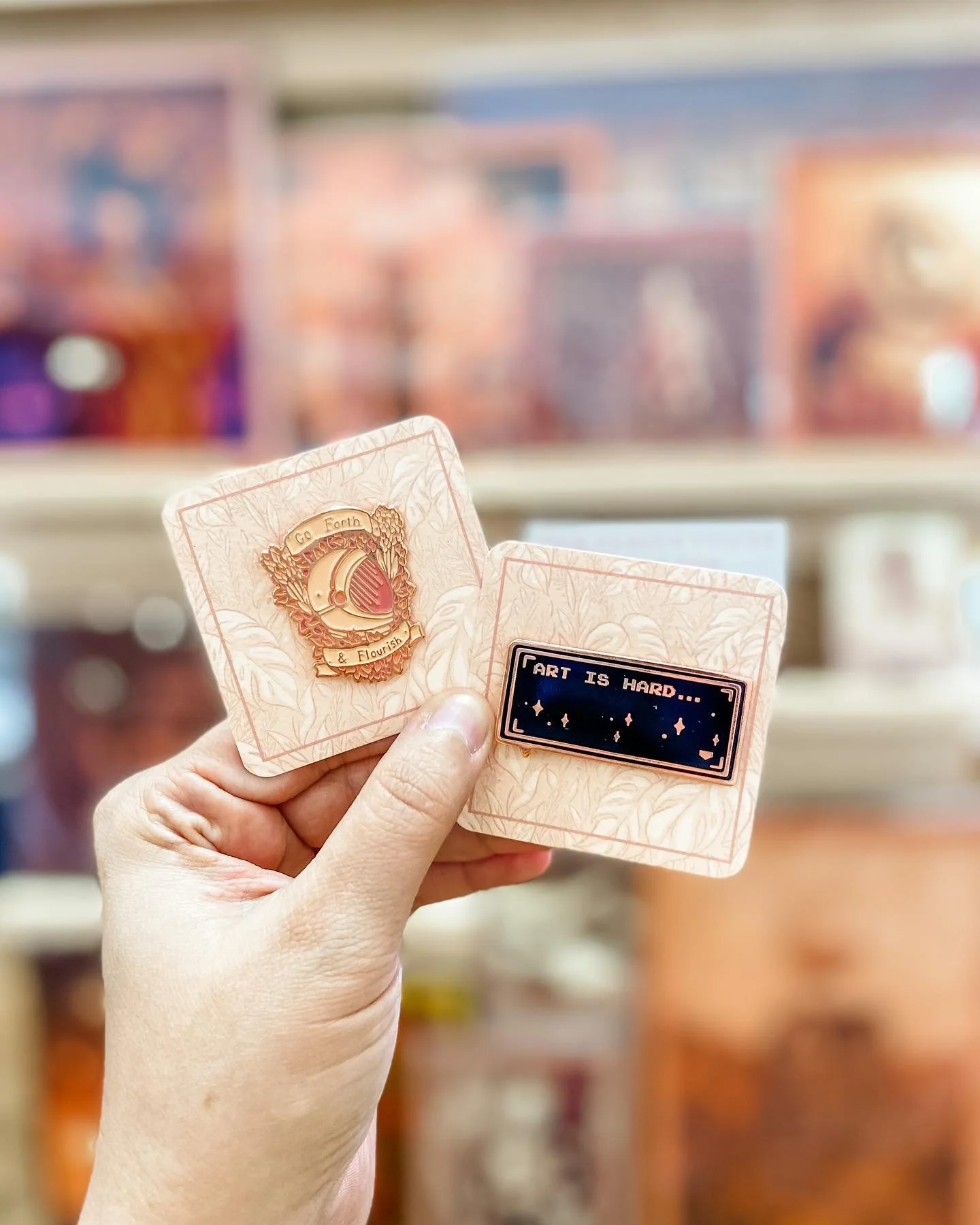Stephen Willey
Meet Stephen Willey, the WV artist behind Eyes on Fire Art!
Tell us a little about yourself!
I’m a printmaker, illustrator and writer based out of Thomas, WV! I’ve been drawing and making art for over 15 years, and have spent about 10 of those working professionally in some capacity or another. A lot of my work is inspired by Appalachia, and though I didn’t grow up here, it’s become such a huge part of my art since moving here.
What drew you to your craft?
I’ve always been very creative since a young age; my medium when I was younger was LEGOs, and I spent a lot of time deconstructing pre-built sets and rebuilding them into my own lil creations. When I was in middle and early high school, I picked up drawing after obsessing over anime and manga, particularly Pokemon. When I tried to recreate comic pages or illustrations from my favorite shows, I found that people were very impressed, so early in high school I became the “art kid,” who wasn’t the most social but I could “draw real good.”
Describe your studio space. Where do you like to create?
My studio space is basically half of my living room. I built, stained, and woodburnt this awesome desk that I usually work at, with my computer setup and everything in front of me. I’ll most often work there but I’m pretty fidgety, so I have to move around a lot throughout the day. If there’s a full day of drawing ahead, I’ll alternate between working at my desk, my couch, or out on my balcony if the weather is nice. I really love to travel a lot too, so if there’s a museum or coffee shop I can set up camp at, that’s very likely where you can find me.
What is your favorite thing you have ever made?
In my senior year of high school I took an AP art studio class, which required all students to come up with a 13 piece series of artworks. It was hands down one of the greatest classes I ever took, just for learning how to make a proper series of work, and it’s still a skill that I use to this day. The series I made was called “The Wild Bunch,” and all of the pieces linked together in this long, tapestry-like formation. Every three pieces represented a season of the year, and I asked some of my family and all of my friends in high school to model for it; I believe it was over 30 people in total. It was all traditional pen and ink as well, and I don’t think I’ve ever done a series that complex since. I’ll always be very proud of it, mainly for all the amazing people I knew and had the privilege of drawing.
What did you want to be when you grew up?
I don’t know if I had a goal like that when I was really young. Probably astronaut or something, cause I loved space. Around high school though I always wanted to be an artist of some kind. After graduating, when I went on a trip to New York with some friends, I bought Lost at Sea by Bryan Lee O’Malley, and read the whole thing on the bus ride home and it instantly made me want to be a comic artist and writer. I had never read something so raw and full of nostalgia and angst. It was only as polished as it needed to be, and really made you feel something.
How would you describe your creative process?
Typically my process starts with small ideas that pop up in day-to-day life. I’ll think about them a lot while I’m going about my day, maybe jot them down if I need to or sketch something quickly in my sketchbook. But each idea to me is like trying to formulate what you want to say to someone when you see them next, so I work through it a lot mentally before I move to a physical drawing. If it’s stuck in my mind for a while, I’ll spend a morning doing a rough pencil sketch, then scan that into my iPad and do a more refined sketch in Procreate, with a few color values so I can visualize it better. At that point, if I feel there’s some emotional weight to it, or if I really can’t get it out of my head, I’ll move on to scaling it up and doing some refined linework, then move on to colors and hopefully a finished piece!
What advice would you give yourself 10 years ago?
Stop focusing on chasing jobs or projects that other people have, or stop chasing clout. All of the best artists in the world are the best because they just make what they want to make. Just learn and explore and get really good at making art for you. Having a part-time job to fund whatever I wanted to make was the greatest thing I did when I got started. It took a long time, but my work took off once I stopped commissions or contract work and started making art for me - which ended up in shops like Clutch!
Why do you love doing what you do?
When I’m at an event or a show, and I have a one on one conversation with someone and they begin to cry because they feel the full emotion of something I work on. A lot of my work is very therapeutic and helps me release trauma or feelings that are hard to talk about. When someone fully gets that and is able to release that feeling as well, it means everything to me. I also had someone tell me once after releasing my first graphic novel that they wanted to keep on living after finishing my book, and that really stuck with me. I hope you’re doing alright, friend.
Why is it important to support local artists and makers?
Every piece of entertainment, art, or music we consume starts with individuals who just want to make something to show the world. It’s really important to support locally and buy from artists in your community or around you, otherwise you’ll continue to have art in the mainstream that’s boring and bland.
You can find Stephen’s art prints, stickers, enamel pins, and art book in the shop!








